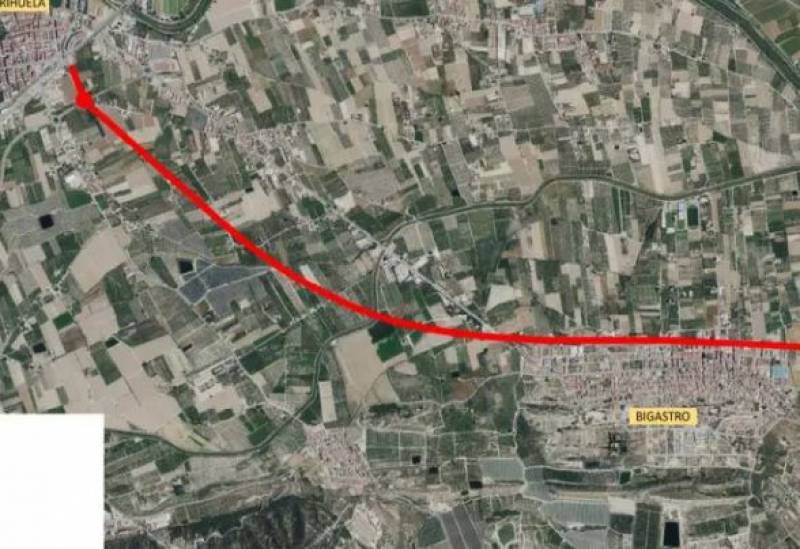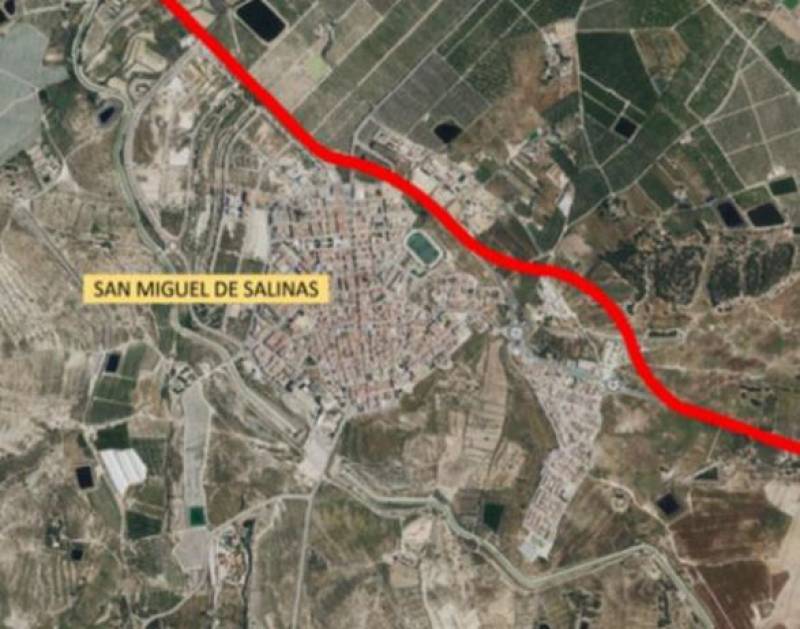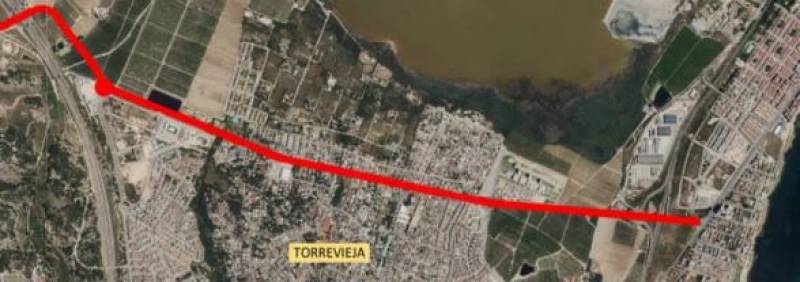Date Published: 24/04/2025
Torrevieja CV-95 will be widened, but not until 2027 at the earliest
After decades of promises, a major upgrade to one of Vega Baja’s busiest roads is moving forward
Regional Minister for the Environment, Vicente Martínez Mus, announced the €180 million project during a meeting in Torrevieja on Wednesday April 23. The road, which spans 26 kilometres and is a key link in the Vega Baja region,
will be widened through a public-private partnership. A private company will fund and build the project, and the regional government will reimburse the investment over a concession period of 20 to 40 years.
A familiar route with a few tweaks
The proposed route largely mirrors the current CV-95, but with some notable changes to avoid congestion and improve traffic flow. The most significant change is planned between
Orihuela and
Bigastro, where a new parallel road would bypass the town and pass through traditional farm lands.
This route would cut across areas like Fabregat Road, Vereda de Los Tobalos, Azarbe Piqueras and the Azarbe de los Caballos, a proposal which has raised some concerns about the environmental impact.

The new dual carriageway will continue along the current Bigastro bypass, skirting residential zones and diverting away from the Apatel industrial estate by running behind it through agricultural terrain toward
Jacarilla.
In Vistabella (Jacarilla), the expanded road will shift slightly to run alongside La Asomada Road, also through farm land.
San Miguel de Salinas will see the new road built away from the town’s centre and roundabouts, running closer to the Cañada de los Aljibes and the Loma de los Aniortes.
What about Los Balcones?
In Los Balcones, the current plan proposes doubling the existing road right through the residential area — a technically complex and potentially disruptive move. Minister Martínez Mus acknowledged this could present challenges and stressed that detailed engineering work is still pending before any final decisions are made.
He did confirm that the project aims to eliminate roundabouts along the route and restore the previous 100 km/h speed limit, which was lowered to 80 km/h under the previous administration.
Still a long road ahead
While the project is badly needed and has been in demand for years, there are still major hurdles ahead. A feasibility study must first be approved before a concession is awarded. Then comes the crucial environmental impact assessment, which could determine the fate of the entire plan.
This isn’t a minor concern: a similar project proposed in 2007 was ultimately scrapped after Spain’s Supreme Court ruled it lacked proper environmental evaluation.
Mr Martínez Mus declined to set a firm deadline but said the goal is to have the project fully approved and the concession tender launched before the current legislative term ends in 2027.
Priority for the Torrevieja Hospital section
One stretch of the CV-95 will be fast-tracked: the section that runs past Torrevieja’s University Hospital. Mayor Eduardo Dolón, speaking alongside the minister, stressed the urgent need to upgrade this part of the road, where traffic density is four times higher than the rest of the route.
That part of the project has already been awarded and will be prioritised, Mr Martínez Mus confirmed, although it still needs to be integrated into the wider plan.
One major omission of
the widening of the N-332 road outside Torrevieja, another project that has been in the pipeline for years but has never materialised. Nor is it included in the current CV-95 plan. Minister Mus has asked for a meeting between Torrevieja City Council, the Valencian government and the Ministry of Transport to determine if this can be incorporated.
Images: Generalitat Valenciana
article_detail

|





 The new dual carriageway will continue along the current Bigastro bypass, skirting residential zones and diverting away from the Apatel industrial estate by running behind it through agricultural terrain toward Jacarilla.
The new dual carriageway will continue along the current Bigastro bypass, skirting residential zones and diverting away from the Apatel industrial estate by running behind it through agricultural terrain toward Jacarilla.







